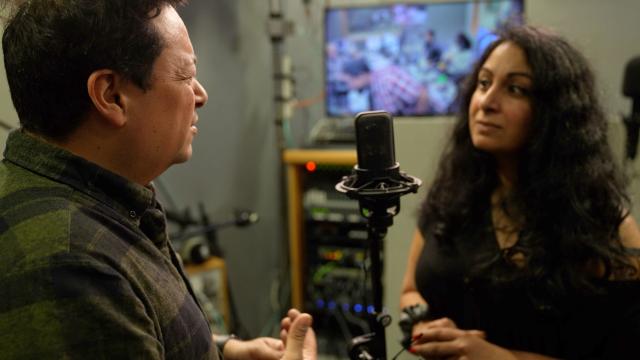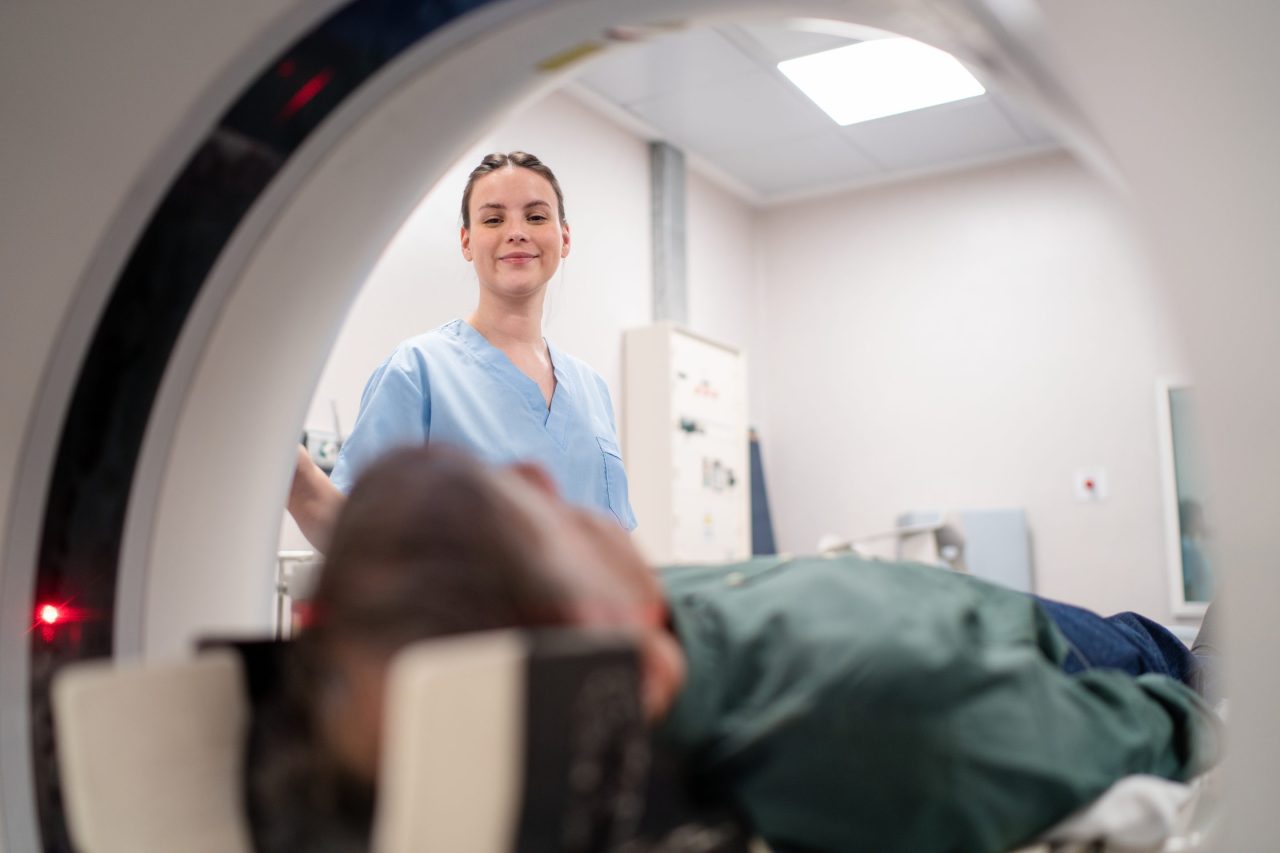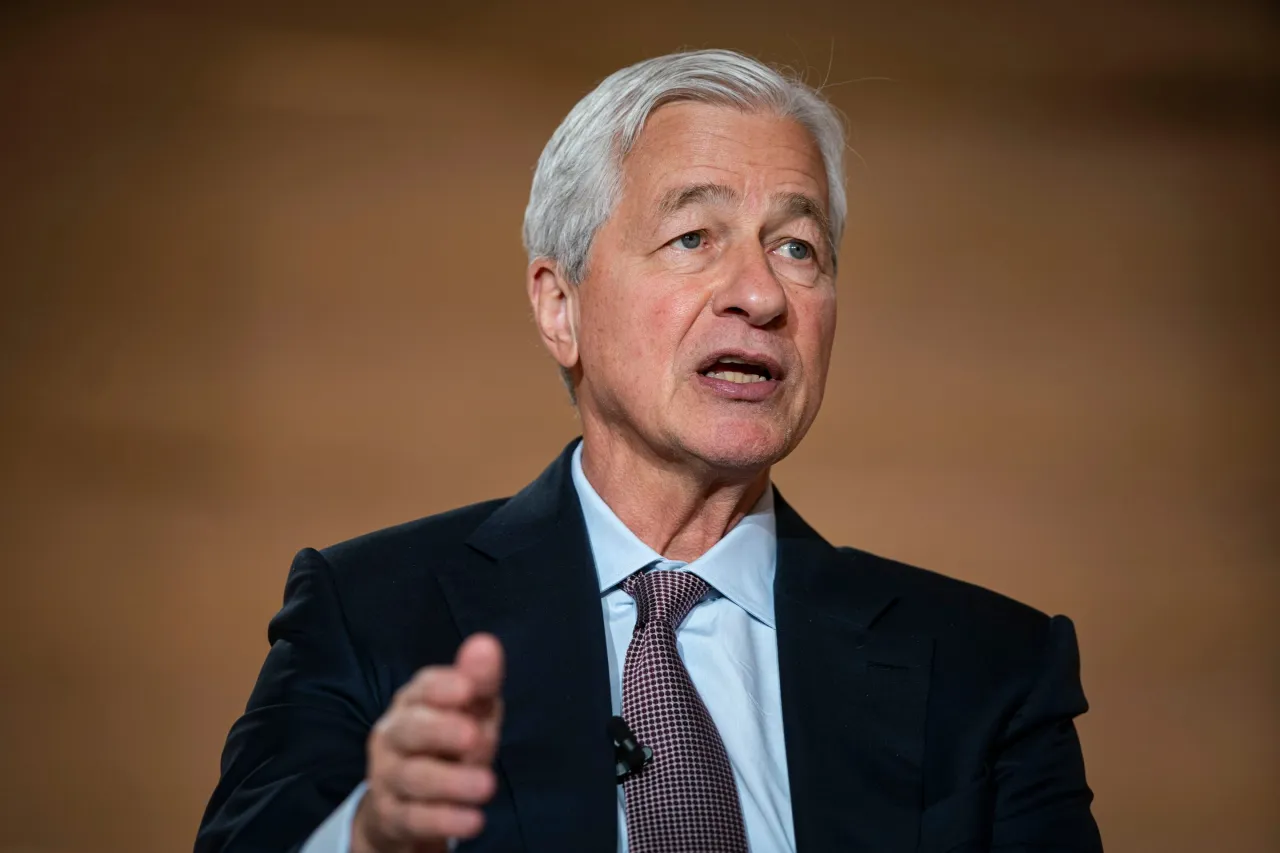As Bradford embarks on its year as the UK City of Culture 2025, the city is striving to redefine its identity—not only for the rest of the country but also for its own residents. The journey to overturn a historically negative image is unfolding through art, culture, and community pride.
One of the flagship productions for Bradford 2025 is a radio play by broadcaster Nick Ahad, aptly titled Bilal and Ted’s Bradfordian Adventure. Available on BBC Sounds, the play humorously confronts Bradford’s challenging reputation. Ahad recalls the skepticism surrounding the announcement of Bradford as the City of Culture: “The working title for this play was ‘Bradford, City of Culture?!’ because we knew that would be the reaction.” The play is a celebration of Bradford’s rich, complex identity. Seeta Wrightson, a local comedian and one of the actors, highlights the city’s misunderstood image: “Bradford unfairly gets a bad rep. People focus on the negatives in the news or on social media, ignoring the good things happening here.”
Negative headlines have long plagued Bradford, labeling it Britain’s “gloomiest city” due to limited sunshine and the “second most miserable place to live.” Internet searches often autofill with words like “bad,” “dangerous,” and “poor.” But a deeper look reveals a city ready to challenge such perceptions. Dr. Paul Sullivan from Bradford University has studied the stigma surrounding the city. A native of Cork, Ireland, Sullivan was struck by Bradford’s lack of civic pride. “Even upbeat local news stories often face negative comments, declaring that ‘Bradford is doomed,’” he observes. Yet Sullivan sees a different reality. “I fell in love with Bradford immediately—the vibrant city center, the stunning countryside. Beneath the negativity, there is a growing sense of belonging and pride.”
For Ahad, Wrightson, and many others, Bradford’s diversity is a cornerstone of its identity. “I’m Bangladeshi and English. My wife is Pakistani and Indian. Here, that’s normal,” says Ahad. Wrightson echoes this sentiment: “I’m mixed heritage, and growing up here, it was never a big deal.” This effortless blending of cultures has become a defining feature of Bradford, celebrated during its City of Culture year. Natalie Davies, an actor and writer, believes the city’s longstanding stigma is outdated. “The Bradford I know is welcoming, inclusive, and vibrant,” she says.
If there’s one thing that unites Bradfordians, it’s their love of food—particularly curry. The city, often called the “Capital of Curry,” boasts iconic establishments like Akbar’s, famous for its giant hanging naan. “Some call it elephant ears, others a Christmas tree. It’s a symbol of Bradford’s spirit,” says Samad Iqbal, who began working at Akbar’s at 15. “Bradford’s food culture is a true reflection of its diversity and vibrancy.” The city’s cultural heritage is equally impressive. From artist David Hockney to playwright JB Priestley and the Brontë sisters, Bradford has produced icons that continue to inspire. As Wrightson remarks, “We take it for granted that Emily Brontë is from Bradford. But this year makes us stop and appreciate what’s special about our city.”
Bradford 2025 is already making an impact. Dr. Sullivan believes it has sparked a shift towards optimism: “In recent years, there’s been a change. People are beginning to talk positively about Bradford, and the City of Culture is the catalyst for a renewed sense of pride.” For many, this year represents a chance to celebrate the city’s resilience, diversity, and potential. As Bradford shines in the cultural spotlight, it’s clear that its story is one of transformation—a city reclaiming its narrative and embracing its place on the cultural map.




